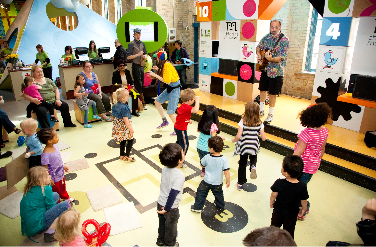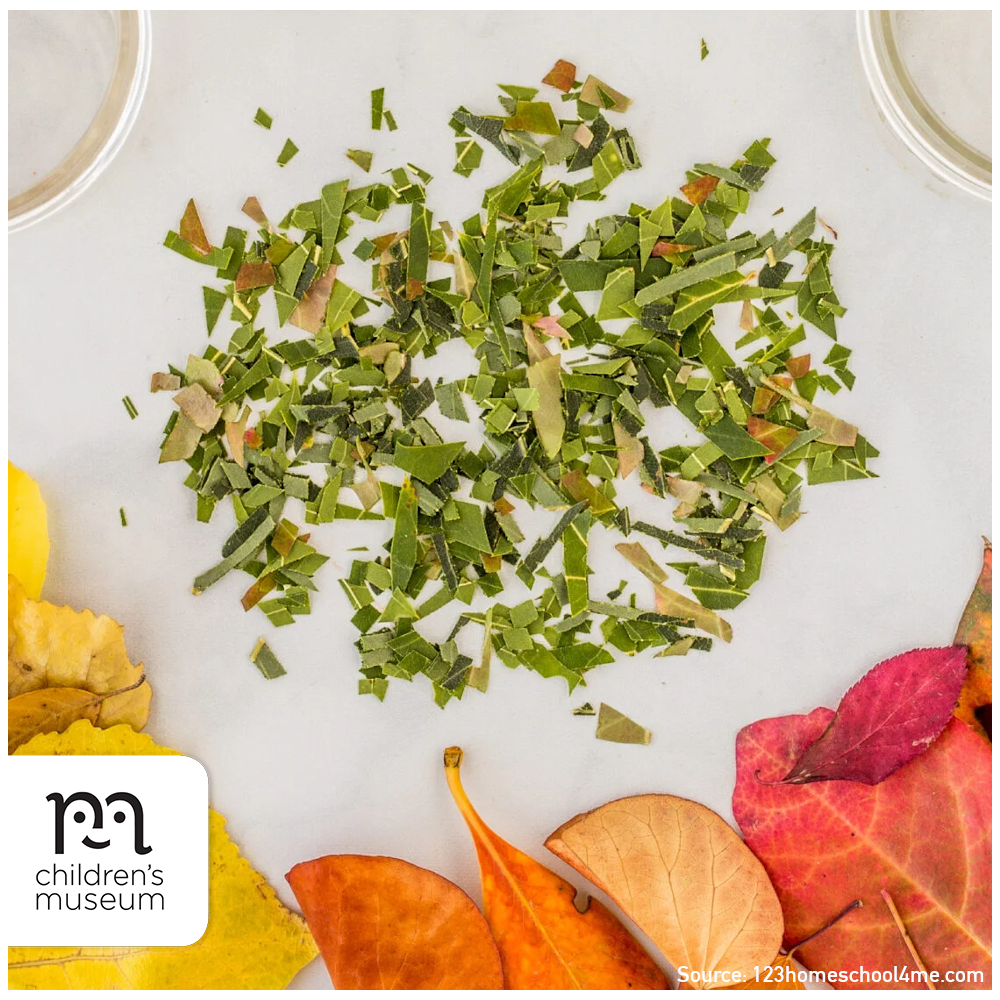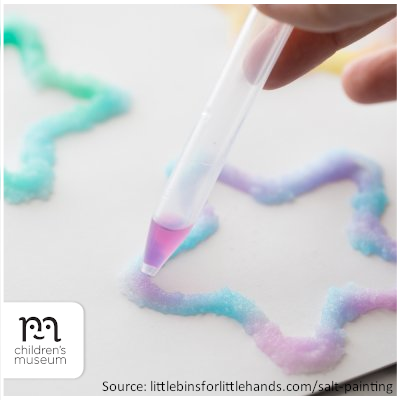ALL ABOARD: WE’RE GATHERING STEAM

Source: kaplanco.com
This DIY robot hand is a simple and inventive engineering activity that will teach children all about the world of robotics! With just three common items – straws, paper, and string – kids can create a moving, bendable hand. This activity encourages exploration of robotics, engineering, and creative thinking.
Materials
- Standard drinking straws (paper or plastic)
- Jumbo-sized straws (smoothie straws, paper or plastic)
- White card stock
- Scissors
- Pencils
- Yarn or string (various colours)
- Tape
Directions
- Trace hand (adult hand recommended for larger size) onto card stock. Cut hand outline out with scissors.
- Place hand back onto paper hand to mark location of joints. Fold the paper hand at the marked joint locations.
- Cut the standard straws into ¼”, ½”, 1″, and 2 ¼” sizes. Tape standard straws onto hand, and tape the jumbo straw onto the wrist.
- Using a different yarn colour for each finger, cut five strands of yarn into 2-foot-long pieces. Be sure to knot one end of each piece of yarn. Thread one yarn strand through each finger. Have all colours meet at the wrist.
- Pull on the strings individually and in combination to explore the wonder of robotic hands!










